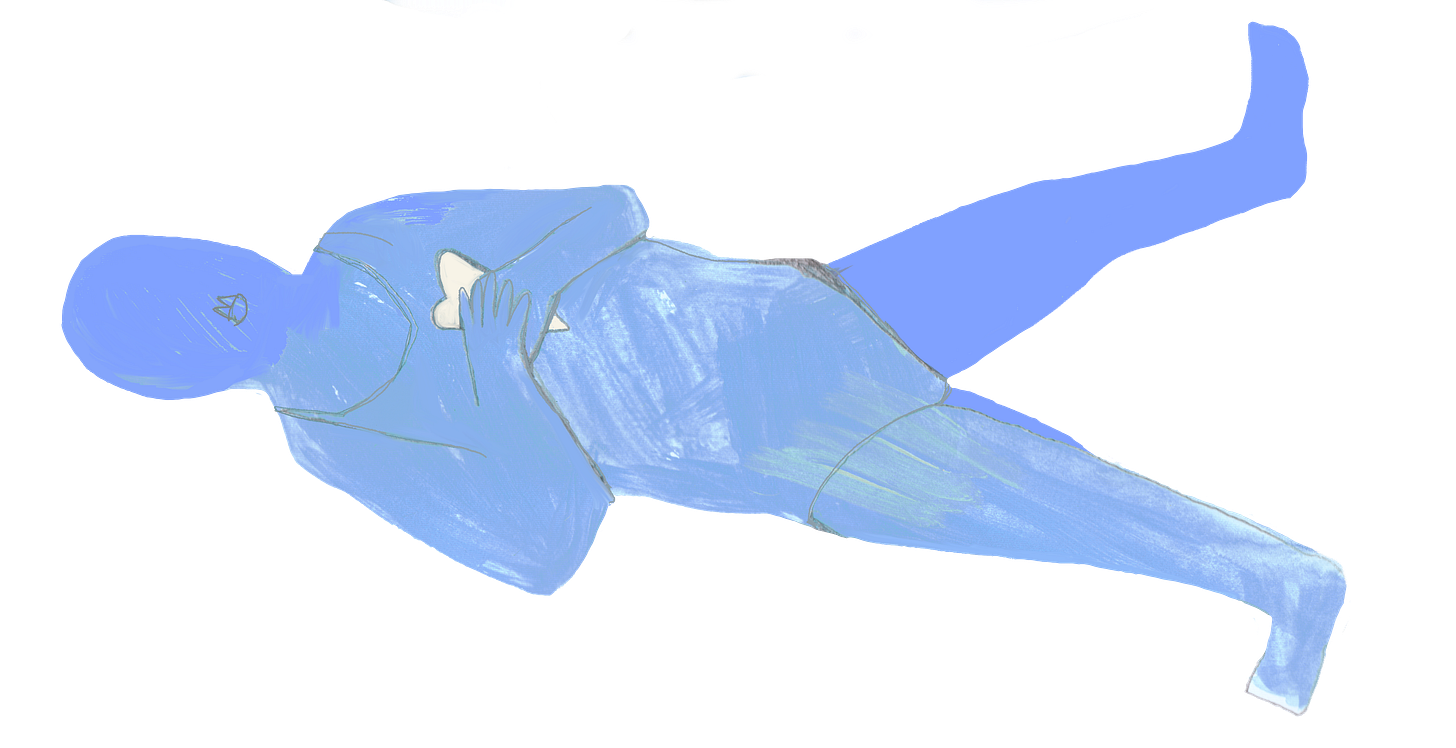“Letting go is the hardest Asana.” - Anonymous
It’s 2023, we’re busy, the news is exhausting, and its too easy to forget that often being the most productive means resting; that productivity does not equate to worth; and we are allowed to rest.
Today, working well is about maximizing every waking moment of the day, to complete as much as you can, as fast as you can. When we don’t fulfil societies' and our own expectations of productivity, it can leave us feeling disappointed in ourselves and lacking in value.
In a society that values productivity, action and success, finding space for guilt free rest and carving out healthy resting and sleeping habits becomes vital to send our bodies and minds into recovery. Sleep is essential for physical, mental, ad emotional health and having too little sleep can have huge physical and mental implications. Butera (2010) comments that in a state of relaxation or rest,
“You can reflect on your own and others’ emotional states, make moral judgments, or muse on things that have happened to you (that is, memories) and things that might happen to you in the future.”
The endocrine system restocks hormones during sleep, our muscles repair, our metabolism is stabilised, the thyroid, pancreas, immune system and the hypothalamus all recover during deep sleep. Recovery and health can only be maintained during periods of stillness, hibernation, wintering, sleep, incubation, rest.
The sweet finale to movement: stillness.
While yoga’s gentle postures (or Asanas), and deep breathing can calm our nervous systems, Savasana, which usually comes at the close of a practice, is the most important posture, the easiest to get into and the hardest to practice.
The word itself can be broken down into “asana” (posture) and “sava” (corpse). The Sanskrit word means lie face-up on the ground, arms and legs comfortably spread, eyes closed.
Savasana means total relaxation. It is a chance for your body to absorb your practice. To rejuvenate your mind and body, to melt into the stillness and observation of being. Simply hearing the word Savasana is a sign for some people to roll the mat up and leave the practice. Or to start rolling up the mat in their heads. Automatically, we might start thinking about what time it is, our tasks for the day ahead - the mind projects ever forward, predicting and preparing. But when we listen to and honour what the body asks of us, we sink into the precious moments of stillness and rest that Savasana offers.
A few weeks ago, I was teaching a 60 minute mixed level practice, I introduced my class as I always do; I explain that throughout the guided practice, each person should stay aware of their own journey and inner sensations, and that they should embrace stillness whenever they need to.
After a 10 minute gentle warm up, one student moved into a Savasana and laid on her back for the rest of the class. I felt anxious that she was bored, the level wasn’t pitched right, maybe she didn’t like the class or my style of teaching. After the class she told me how much she needed the permission to embrace stillness, after a busy day and a stressful week, she had found a freedom in the opportunity to rest.
Embracing Rest
When we embrace rest; when we embrace Savasana, embrace a pause in our lives, we give ourselves the chance to stop doing, gripping and resisting. Maybe we even realise that this part of our practice can be even more dynamic than physical movement.
Now is the time to feel the breath again, flowing freely, in a new body - a different one than the one which arrived on the mat.
When we embrace moments of rest on and off the mat, we open our eyes to a new version of ourselves. We learn to let go of the need to hold on, learning the skill of non-attachment, one Savasana at a time.

LET YOURSELF REST
If you’re exhausted, rest.
If you don’t feel like starting a new project, don’t.
If you don’t feel the urge to make something new,
just rest in the beauty of the old, the familiar, the known.
If you don’t feel like talking, stay silent.
If you’re fed up with the news, turn it off.
If you want to postpone something until tomorrow, do it.
If you want to do nothing, let yourself do nothing today.
Feel the fullness of the emptiness, the vastness of the silence, the sheer life in your unproductive moments.
Time does not always need to be filled.
You are enough, simply in your being.
– Jeff Foster –
References
Butera, K. (2010). Yoga therapy for the digestive health. Yoga Living, xii(ii), 14. Retrieved from http://yogalivingmagazine.com/wpcontent/issues/2010/sept/YogaWebFall10%201_16.pdf.



